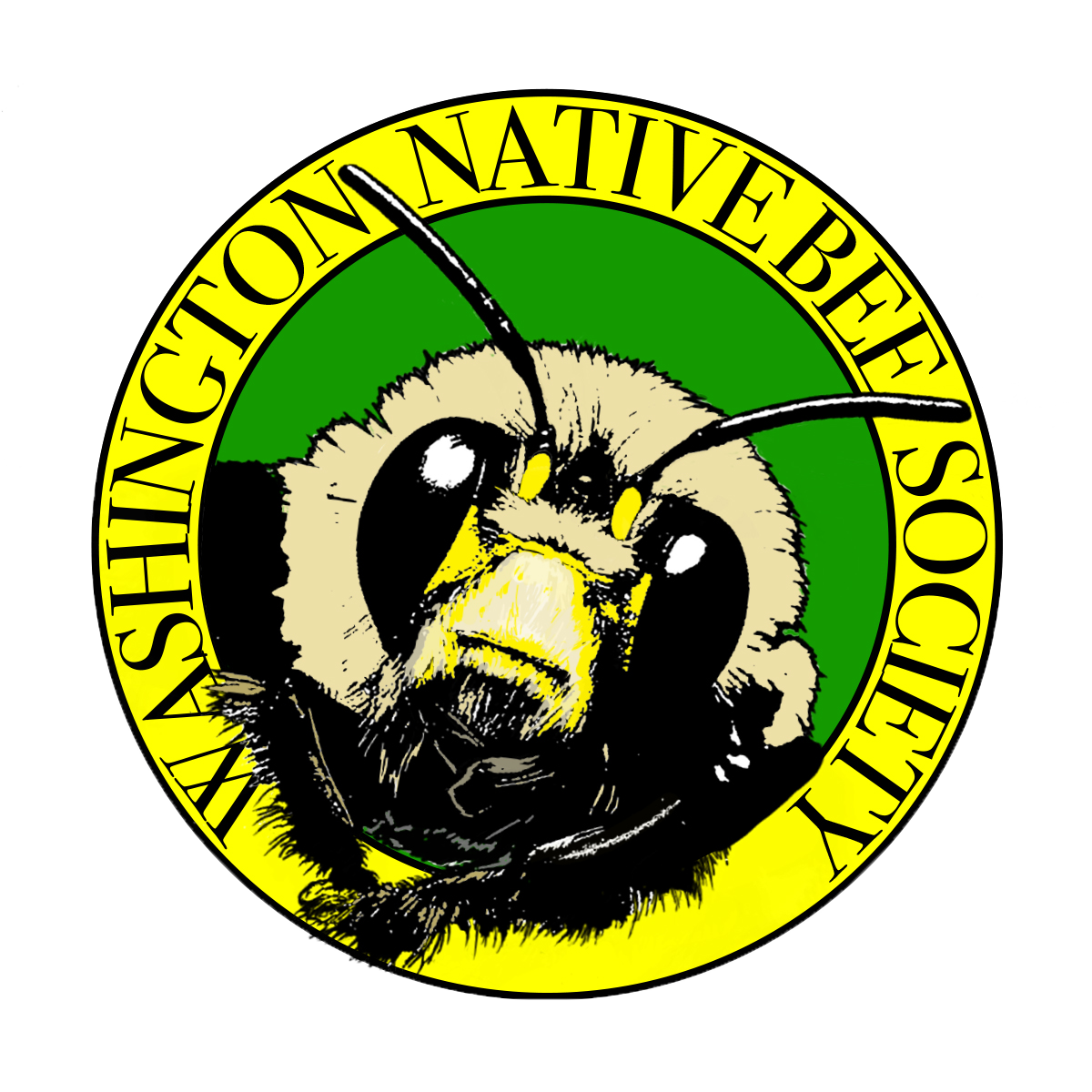The first native bees of spring
- iNat user eebee

- Mar 12, 2023
- 3 min read
Updated: Jul 30, 2025

We might still be waking up to frosty roofs and dustings of snow here in Seattle, but native bee season has begun!
As soon as there’s a stretch of days that hit 50°F at the height of the midday sun, some of the very first spring bees start to emerge here in Seattle: male digger bees (genus Anthophora). I tend to first notice them hanging out on leaves, trying to warm up in the sun.

They drink nectar from early-blooming flowers, like rhododendrons, periwinkles, and heathers.



These handsome male bees are in the family Apidae, as are honey bees and bumble bees. Like bumble bees, they’re large and fuzzy. Unlike bumble bees, male Anthophora have patches of bright yellow integument (exoskeleton) on their faces. The species featured in this post, Anthophora pacifica, also have fancy mid-leg hairs that remind me of a Clydesdale’s fetlocks or a cowboy’s fringed chaps; these are thought to be used to attract females or in interacting with them during mating.






The bee in that last photo was not in great shape when I found him, but his odd posture gives you a good view of his leg hairs and his tongue (or glossa).
The eggs that gave rise to these bees were laid last spring in underground tunnels. As larvae, they ate their personal stores of pollen and nectar gathered for them by their mothers. Anthophora pacifica then pupate and metamorphose into their adult form for the months-long wait for spring. Like most solitary bees, they spend more time underground waiting to become adults than they do after they emerge to fly and mate.
If you’re lucky, you might be able to spot a nest site. Keep your eyes open for bare patches of well-drained soil on sunny slopes. I’ve had the best luck finding them in messy dirt/rock-combo walls on south-facing hills. As bees emerge through the early spring, more and more of their vacated round nest holes (about ⅜” across) appear.

If you find a possible nest site, come back between about 10am and noon on a sunny day; you might see new bees emerging! They come out caked in dirt and matted-looking. They’re sluggish for the first first few minutes as they warm up in the sun. (This is a gift to the bee photographer, because once they’re active, they’re FAST.)


Most males emerge before most females, by as much as a couple of weeks. Males are typically closer to the nest hole entrances to facilitate their earlier emergence, but not always. Last year in late February, I was surprised to see a female emerging around the same time as the earliest males. (You can quickly tell she’s female by the lack of yellow patches on her face.) She looked oddly inert and still as she popped further out of the hole.



Then I noticed another antenna coming from the hole! Another female was pushing her out.








Female #1 came slowly to life, doing some grooming and sunbathing and sticking-out of her tongue (visible in the last pic above). Then she took off, revealing that at the bottom of this clown-car of a bee nest, there had been a male trying to get out.





After all that fuss, he seemed to think better of coming all the way out, and he retreated.



Though many male bees don’t have a reputation for hanging out in nests, these males regularly take refuge in last year’s nest holes.


Each morning, they poke their heads back out, slowly inching back into the sun to warm up. Sometimes they’re glistening with dew.




Males seem to mostly wait for females near a nest aggregation, either buzzing wildly around or sunbathing next to a hole.

I’ve rarely managed to see or take pictures of Anthophora mating. Males of some digger bee species are known for aggressively seeking emerging females, sometimes fighting each other in big groups or digging down to meet a female who hasn’t yet broken the surface. The behavior I’ve seen is less intense; sometimes they seem oblivious to a newly emerging female just a few feet away. A flying male will sometimes buzz a sunbather or a pair of males will have a quick aerial dogfight. Here’s one of the few photographable male tussles I’ve seen:


The females are a different story; they do some dramatic grappling with each other that would be at home in a wrestling ring–if wrestlers could also fly. But that’s a story for another blog post.
For other readers in the Seattle area, have you noticed Anthophora (or its mountain digger bee cousin, Habropoda) in your neighborhoods? Let us know, and look out for them across WA. You can find range maps on Discover Life (for expert-vetted observations) and iNaturalist (for citizen science observations.)



Comments